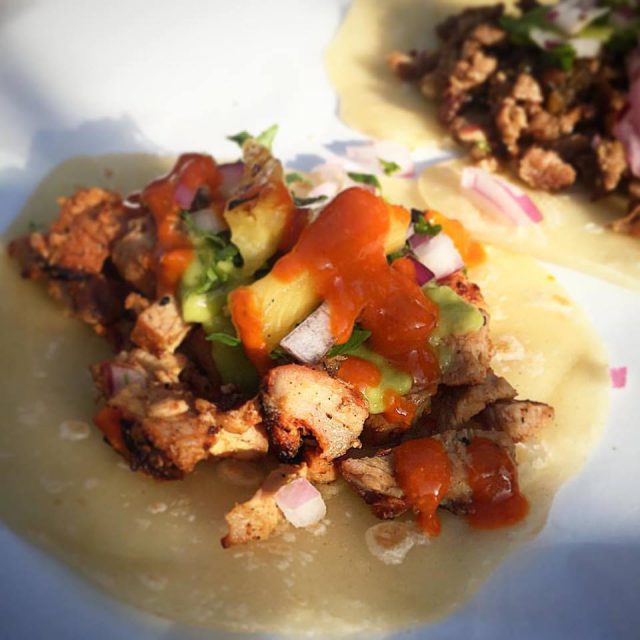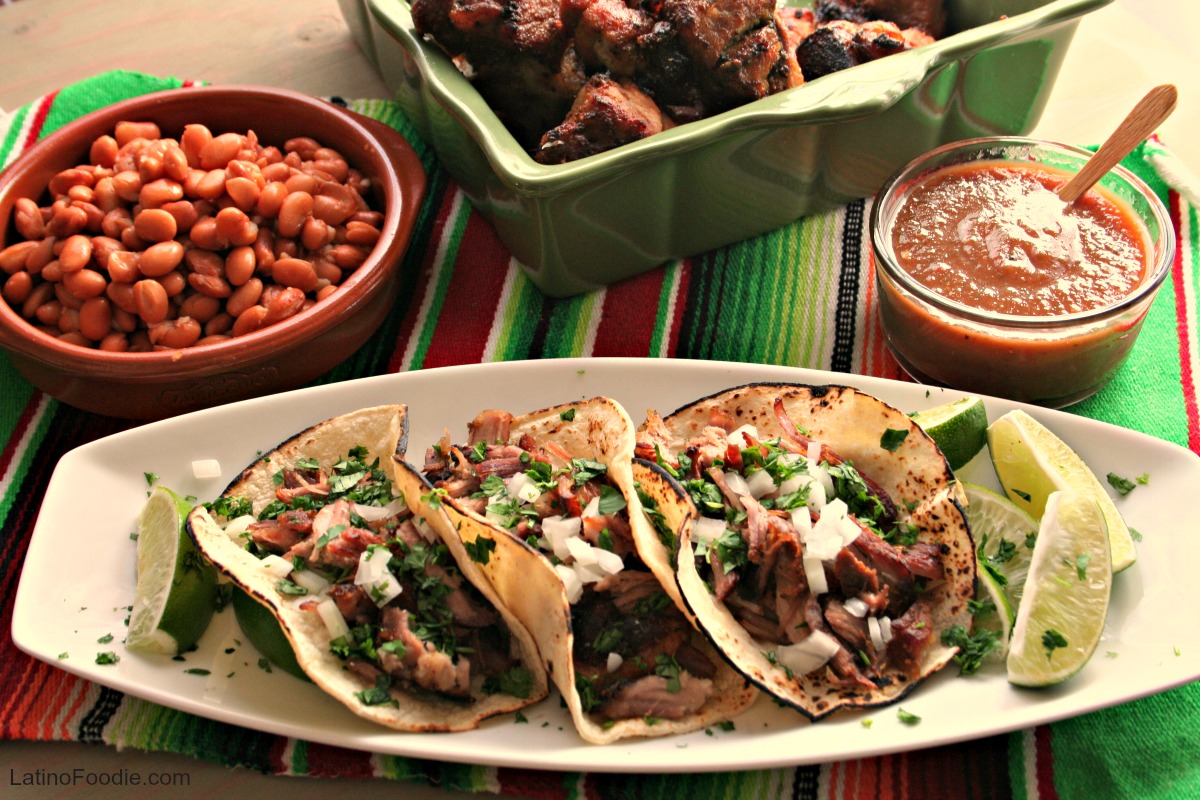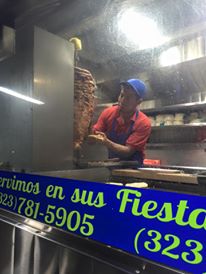
Just like authentic Mexican tequila, authentic Mexican cuisine begs the question – what is it and what makes it “authentic”. While we know what makes authentic Mexican tequila, we decided to ask our friends at LatinoFoodie to help us determine what is authentic Mexican cuisine. LatinoFoodie is a great resource for authentic Mexican cuisine. Not only do they keep us on top of LA-area food and drink events, they create delicious recipes that are a genius mix of traditional and modern Mexican influence. We were lucky to have found each other during our Cinco de Mayo recipe contest. Their recipe for Mole Poblano walked away with top honors. One peek, and you can see why. Muy delicioso! Pair it with a Tamarindo Margarita for perfect mix of modern and authentic Mexican cuisine.
LatinoFoodie has helped us celebrate all of our favorite holidays from Thanksgiving straight through to New Year’s Eve by developing authentic Mexican tequila cocktail recipes and pairing them with great food. Recently, we celebrated our one year anniversary (aw!) as friends and partners. It’s obvious why LatinoFoodie is our go-to resource for all things “authentic”.
Now you know a little more about Latino Foodie. Read on to learn more about traditional Mexican food!
Understanding cultural influences on Mexican cuisine is important, especially as we celebrate Hispanic Heritage Month. Hispanic Heritage Month, September 15 to October 15, reminds us of all the contributions Latinos have made in this country. One of the many valuable gifts has been the rich cuisine from Mexico.
What is Authentic Mexican Cuisine?
Just what makes an ethnic dish authentic? From Indian to Italian to Mexican cuisine, it’s hard to find what is truly “authentic” vs. fusion food.
It’s an ongoing debate among many foodies and self-proclaimed “authentic” food police in the United States. Every time I see or hear the word authentic thrown around to describe a cuisine, especially Mexican, I have to roll my eyes just a little. The evolution of many of our most popular and beloved dishes had major influence from other countries.
For me, culinary “authenticity” is deeply personal. Food brings memories of family, grandmothers, and identity.
If you want true national food, we wouldn’t be eating carnitas, enchiladas, or tacos for that matter.

Regional Mexican Cuisine is Real
Interestingly, much like the people of Mexico and her descendants, Mexican cuisine represents a myriad of cultural influences that have occurred over history.
With European colonization and massive migrations in the 19th and 20th centuries, isn’t Mexican cuisine technically “fusion?” For that matter, how can any country with foreign invasion and settlers consider its cuisine authentic?
Regional Mexican cuisine includes ingredients that are indigenous to that particular region as well as those brought by the Spaniards, including ingredients from Europe and Asia. Mexican food did not consist of lard or pork. Spaniards brought the pig. Tortas, the thick bread stuffed with refried beans and carne asada came after the French invaded Mexico and with them came the idea and technique of baking French bread.

Middle Eastern Flavors in Mexico
When you think of famous Mexicans like Selma Hayek and Astrid Hadad, you’ll see they are of Lebanese descent. The Lebanese have immigrated to Mexico since the 1880s to areas such as the Yucatan peninsula.
By the middle of the 20th century, Middle Eastern flavors were already manifesting in Mexican cuisine. One of the most notable of these influences, which continues to be a hallmark of hole-in-the-wall Mexican restaurants, is the rotating meat on a spit – “el trompo.” Pork eventually replaced lamb, and the shawarma we associate with Middle Eastern eateries became “al pastor.”
In Puebla, the Lebanese influence is most obvious in creations such as tacos árabes, which uses the marinated pork prepared on a spit, again a technique brought over from the Middle East, and sliced into a pan árabe (pita bread) or a thick flour tortilla and topped off with slices of onion, and a red sauce.
Truly Global Cuisine
Also in Mexico, one of the more popular desserts is called Crepas con Cajeta. In the 1860s French forces invaded Mexico, until we kicked them out starting with the Battle of Puebla. This is what we now celebrate here in the U.S. – Cinco de Mayo. It took another five years after that battle for the French to leave Mexico for good. Chefs liken savory crepes to enchiladas.
Less well-known is the culinary imprint left by large waves of Africans brought to Mexico as slaves during the Spanish colonial era; by Japanese, Filipino and Chinese immigrants (the latter of whom created a Chinese-Mexican fusion food just south of the U.S. border).
What matters is showing respect for the ingredients and appreciating how the dishes came to be. Once you know the history of a dish, it is easier to appreciate the idea of fusion cuisine and not get so hung up on the word “authentic.”
Bottom line – People who say they want “authentic” Mexican food or call out a dish as non-authentic are showing their unfamiliarity with history. Most global cuisine has various cultural influences brought by foreign invasion, slavery, and migration from people of other lands. Mexican cuisine is a prime example of this “fusion” food. Maybe one of the few honestly authentic products coming from Mexico is…. You guessed it – TEQUILA!
Thank you to our friends at LatinoFoodie for this tasty post. For more from our guest contributors, please visit their website.

